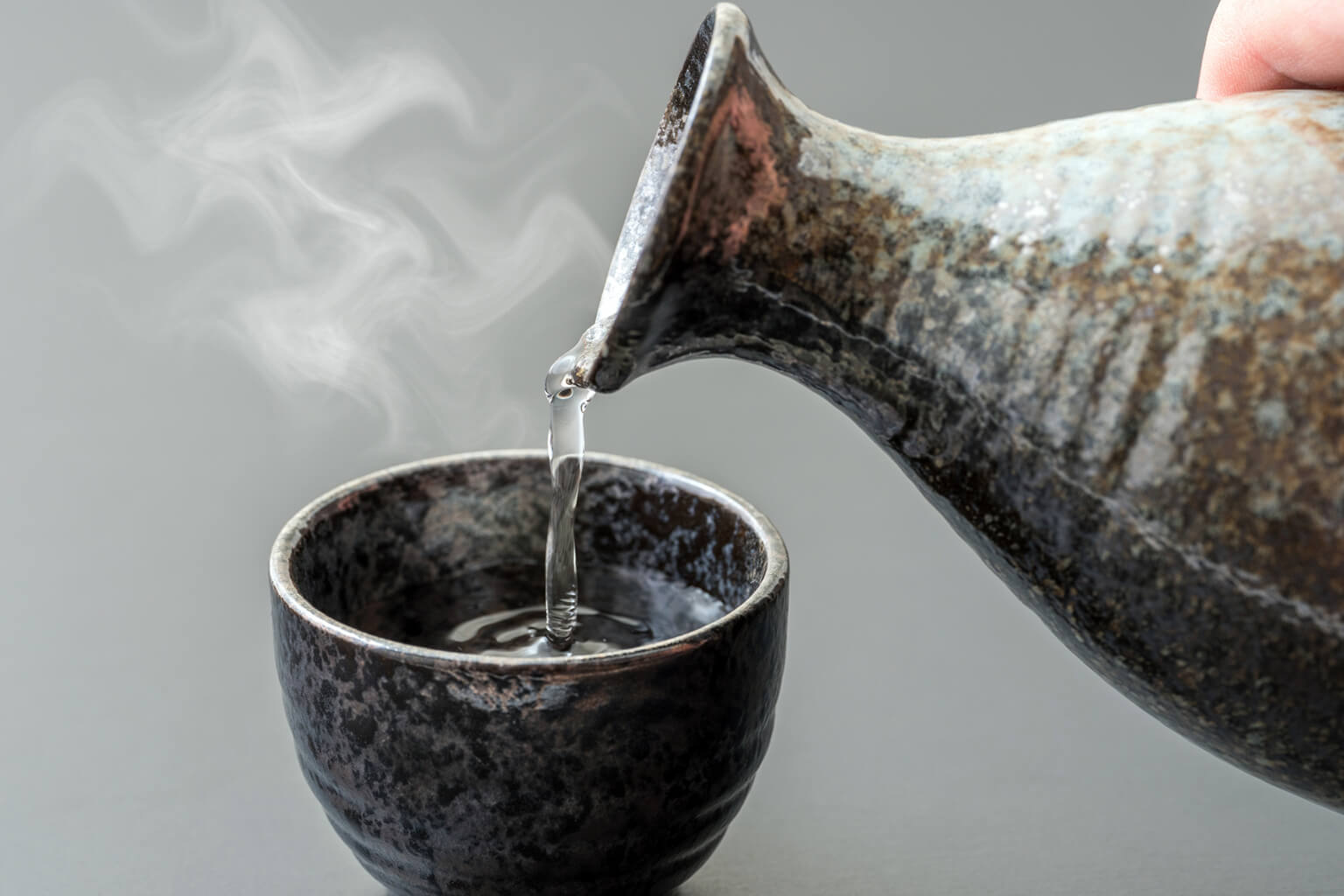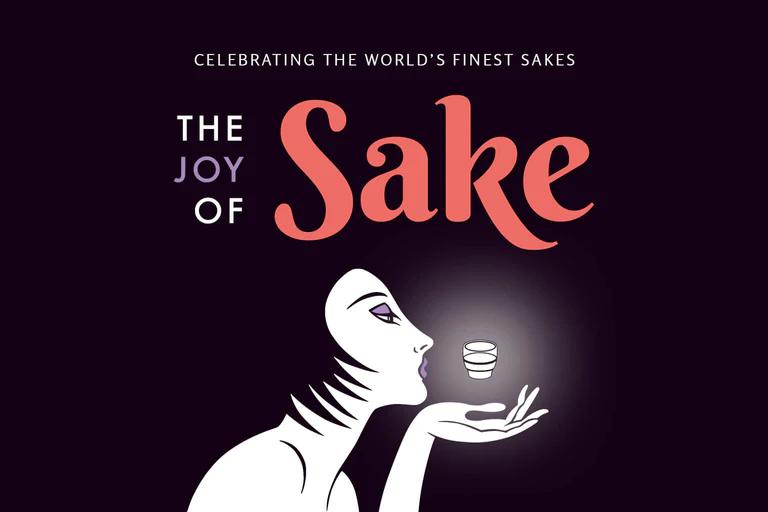While living in Taiwan, my wife and I decided to take a weekend trip to Tokyo to celebrate our anniversary. Having found a ludicrously cheap pair of tickets at the very last minute, it was very much a spur-of-the-moment trip for us, and we felt fortunate to be able to take a trip to Japan for just one weekend. We really didn’t have much planned out aside from visiting our usual sake spots and wandering the streets of some new corner of the city we had yet to visit.
And so over breakfast on our first full day, we spent some time researching things to do that night. Overwhelmed by the myriad options our phones presented, we gave up, only to stumble across a tourist magazine on the table of our hostel. Inside I saw a picture of some boats huddled together below a colorful bridge in the middle of a river, red lanterns adorning their cabins with fireworks lighting up the night sky. This was the first I’d ever heard of a “yakatabune.”
We questioned whether or not a dinner cruise would be a bit too touristy. After all, we grew up in New York and never took a cruise around our home city. When traveling, we tend to look for the path less taken. We wondered if it would be us alongside other groups of overseas tourists scarfing down plate after plate of cold tempura, flavorless dishes and warm beer. Would we get seasick? Skeptical but open to the novelty of the experience, we put our doubts aside and decided to try and find a cruise for that very night.
Our mood quickly brightened when we found the English-language website of the Tokyo Yakatabune Association. The website is thoughtfully designed and makes it easy to explore the options available from the different companies that run dinner cruises. Many were booked full, but we did manage to find a cruise aboard the Amitatsu, a yakatabune run by a business that has been traveling the banks of the Sumida River for over 100 years.
What is a yakatabune?
Yakatabune are long riverboats tastefully decorated and comfortably designed to host diners as they float down the river. Though they have always been designed to resemble the interior of a house, the styles of the boats and the types of passengers onboard have changed over the years.
Centuries ago, the first passengers were nobility, starting with the Imperial Court of the Heian period (794–1185). Centuries later, during the Sengoku period (1467-1573), yakatabune served a political purpose beyond entertaining nobility: Warlords may have used the privacy of yakatabune to plot their plans for domination in secret, away from the prying ears of their enemies’ spies. In the time of relative peace and prosperity that marked the Edo period (1603-1868), yakatabune became more elaborately designed and decorated, their owners seeking to outdo other boats competing for the business of the wealthy merchant class and the feudal lords of that time. From the Meiji period (1868-1912) onward, the boats have been simplified in design and made available to everyone.
Modern yakatabune come in a variety of styles, but most are carpeted (shoes off, please) with communal floor seating. The exterior is typically festooned with red lanterns that come alive when the sun sets, adding to the feeling that you are journeying not just down the river, but back in time, connecting with this tradition that spans the centuries. The garish gold and silver filigree of prior eras have been replaced by climate-controlled cabins, which also feature multiple restrooms and karaoke sound systems. But at its core, the experience remains more or less the same: It’s a floating world filled with good food, drink and company away from the bustle and crowds of the city.
Booking the cruise
It is possible to request a reservation in advance via the website of the Tokyo Yakatabune Association, but since we were looking for a cruise the same day, we went straight to the website of one of the boat companies. Yakatabune Amitatsu took our reservation and emailed us a confirmation with access information within minutes. Included in the email were easy-to-follow directions to get to the dock. Since we were only a party of two, we booked a shared cruise. Larger groups of ten or more have the option of chartering a whole boat for themselves.
The onboard experience
Our cruise started upriver, departing from Azumabashi Pier, which is just across the river from Asakusa district and Sensoji, Tokyo’s oldest temple. To my surprise, we were the only non-Japanese on the boat. After removing our shoes, we were guided to our seats and were delighted to find hot tempura, sunomono (pickled small bites) and edamame waiting for us, followed by cold beer. Subsequent dishes arrived in small portions in a manner similar to a tasting menu or omakase. The menu is fixed, as is the price, and drinks are often included. If you want more of a dish, they bring it to you. Dining out in a foreign country can sometimes be stressful, but aboard a yakatabune, you can be at ease. You’re getting the same experience as everyone else; you’re literally all in the same boat.
A feeling of conviviality is apparent as within a few minutes of unmooring from the dock, spirits are lifted, kampai are raised and the mood is lively. The service was in keeping with what one comes to expect in Japan: friendly, prompt, gracious and welcoming. Everything that we were offered was fresh and delicious. The sashimi and the grilled unagi stood out among all the courses.
And wherever there is food, there is sake. After the first cold beer — which was impossible to resist after walking to the pier from the subway on a hot and humid June night — we switched gears and moved on to Japan’s national beverage. There is no better beverage for ease of pairing than sake. Compared to wine, sake’s low acidity and plentiful amino acids are natural flavor enhancers. When dining out in Japan, it is inseparable from the meal.
Choosing the best sake for the evening
The Amitatsu had all-you-can-drink beer, wine, whiskey, juice, tea, soda and “futsushu” (table sake), but premium sake was extra. I have nothing against a good futsushu, but because it was our anniversary, I inquired about the sake menu.
With the variety of the dishes on the menu, I thought it would be wise to choose a sake that was balanced, drinkable and versatile, and from the options available, I happily ordered a bottle of one of my favorites from Kochi prefecture: Tsukasabotan “Senchu Hassaku.” I knew that this dry sake would pair well with pretty much any of the many dishes that made up our feast, and would taste as good cold from the fridge as it did once it slowly came to room temperature (if it lasted that long). Its dry and light profile would keep our palate fresh as we moved from dish to dish.
A memorable sight
It didn’t take more than a few glasses before the spirit of the yakatabune set in — and it wasn’t just the sake. Perhaps it was the realization that in the midst of all the imposing skyscrapers slowly drifting beyond the black water, we were floating in a time capsule of sorts with everything that we needed for a pleasant journey, just as so many pleasure seekers have done for centuries.
We floated downriver towards Tokyo Bay at a slow, calm pace, passing under a number of bridges, including Rainbow Bridge, which connects Shibaura Pier in Minato-ku to Odaiba Seaside Park. Before turning back around, we moored in the center of the river and turned off the cabin lights for a few magical moments to better appreciate the surrounding lights of the city from this unique perspective. At this point, guests were permitted to exit the dining room, take in the cool air, and gaze at the lights of Tokyo skyline, as well as their mottled reflections dancing among the black ripples of the Sumida River. The red, glowing lanterns hanging from the flotilla of boats made for a memorable sight. There were no fireworks on the night that we joined the cruise, but the experience was still worth it.
Seeing Tokyo from a new perspective
It’s easy to spend an entire stay in Tokyo without even realizing that the city developed alongside multiple rivers. While the dense expanse of the megalopolis has obscured them from sight, these waterways are still very much a part of the city. Taking a dinner cruise aboard a yakatabune is a great way to experience this often overlooked side of Tokyo.
Think about it as an opportunity to escape the city for a couple of hours and reflect on all of the amazing things Tokyo has to offer. Some may turn up their noses at the idea of a dinner cruise in a city with as many Michelin-starred food destinations as Tokyo, but it turns out that aboard a yakatabune the food is delicious, the drinks flow freely, and the overall atmosphere is one you’ll never forget.













